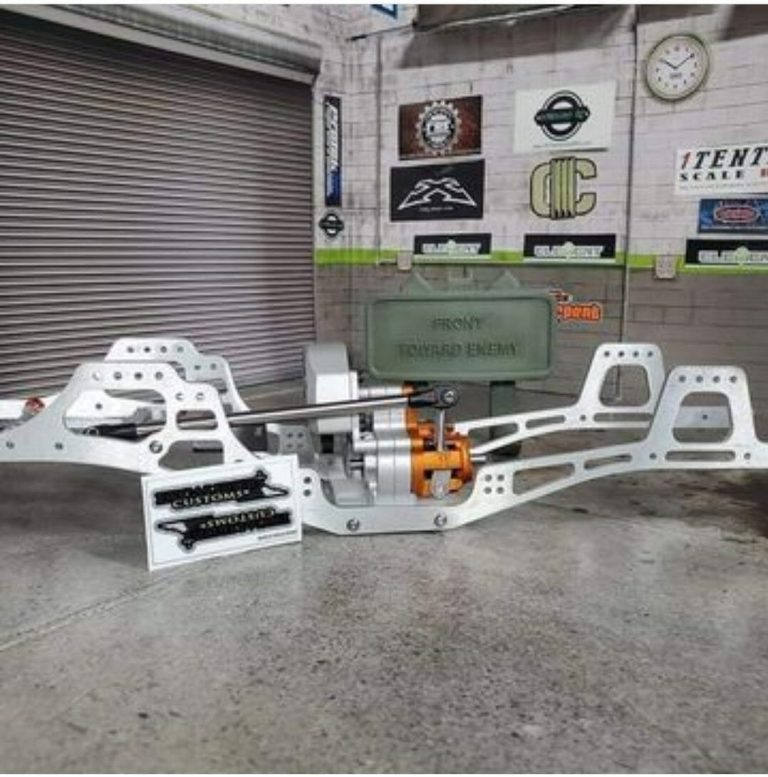How To Tile A Wall Or Floor, Tiling Tips & Advice
Tiling a wall or floor can make a big impact in a room. A beautifully tiled kitchen floor or backsplash can give the room a more sophisticated, classy look and a tiled bathroom can give it a spa-like feeling.
Believe it or not, this is a project you can do in just one weekend. Even if you aren’t a pro, tiling a wall or floor is a project you can tackle with just a little planning and the right tools.
Step 1: Prepare the Surface
The first thing you need to do is prepare the surface to be tiled. In order for the tile to adhere properly and create a level surface, the wall or floor needs to be perfectly smooth.
Use a tile remover to take any existing tile off the surface and then check for cracks or holes. Use spackle to repair these and when it is dry, sand the surface down smoothly with a drywall sanding kit. Be sure to use a damp rag to wipe away any left over dust.
Step 2: Plan the Pattern and Purchase Tiles
Drawing and planning your pattern in advance can help you save time and money. When you know exactly what supplies you need you will save money at the hardware store. Planning your design will also make the process of tiling easer.
Start by measuring the surface and deciding what kind of tile you want to use. Then, sketch out how the tiles will fit and make a list of how many of each kind you want to use.
When you buy the tiles, it is wise to get a few extras of each kind just in case you miscalculated or in case one gets damaged during installation.
Step 3: Locate the Centre and Divide the Surface into Quarters
Whenever you tile a wall or floor you should start in the centre. This will make the pattern and tiles look symmetrical, even if it isn’t exactly even. For example, your wall or floor may have some fixtures, like cabinets or appliances, that you need to work around, which could throw your pattern off. But, if you start in the centre of the surface, the tiling will look even and symmetrical regardless of what you have to work around.
Find the centre of the surface by measuring carefully and then use chalk lines to make two perpendicular lines, marking the centre and dividing the area into four quarters. As you begin applying tile you will start at the centre point and work outward into each of the quarters.
If you are tiling a wall, create a level line at the highest point of the wall, start at the centre, and work down from there. Most walls aren’t exactly level, so by creating a level line to start from you are avoiding having to fill very small gaps with tiles.
Step 4: Prepare the Tiles
Next, prepare the tiles to be applied by laying them out in the order they will be installed. Then, pile them up in a separate stack for each row that will be applied. The idea here is to arrange the tiles in such a way that you can apply the first one, then take the next tile from the stack and apply it immediately.
Step 5: Apply the Adhesive
It’s a good idea to use waterproof adhesive, especially if you are tiling a bathroom. Mix the adhesive as directed and then use a trowel to apply it to a small portion of the surface. Do not apply adhesive to a large area right away, since it may harden before you get a chance to apply the tile. It is better to work in small sections.
Step 6: Lay the Tiles
Lay the first tile onto the adhesive with one of the corners touching the centre point of the chalk lines. Be sure to leave the lines visible so you can use them as you continue to lay tile. To make sure the tile is firmly applied, use a rubber mallet to tap it into place. Then, place a tile spacer at each corner of the tile so that your tiles will be evenly spaced.
Continue to lay tiles in this way until you have filled one quadrant. Then, start from the centre again and fill the next quadrant.
If you have to cut tiles, measure them carefully and mark them with a pencil. Then, use a tile cutter to cut along the line. Be sure to wear safety glasses and gloves while working.
Step 7: Apply Grout and Finish the Job
When you have covered the entire surface, let the tiles set for 24 hours. Then, remove the spacers and apply grout to fill the space between each tile. Use a rubber grout float to apply it with a sweeping motion, making sure the grout gets in between each tile. Immediately after applying the grout use a grout sponge to remove any excess.
Let the grout begin to dry and then use the sponge and a damp rag to wipe away any haziness or dust. Then, don’t walk on or touch the tile until the adhesive and the grout are completely dry.
One of the biggest benefits of tiling you own wall or floor is that you get to make it a completely custom job. You get to choose the tiles, colours and patterns and make the room your own. Make a design statement in your home by adding some tiling this weekend!
